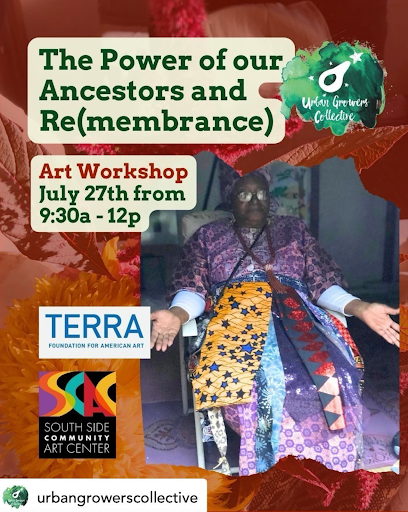Honoring Hunt: Legacies in Chicago Black Metalworkers
Learn about the artistic histories of Black metalworker artists in Chicago! SSCAC’s Archives and Collections Manager LaMar R. Gayles Jr. will introduce visitors to different metalworkers who have […]














